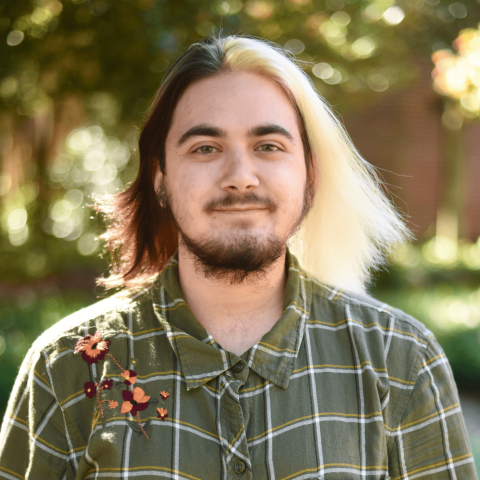
Pseudomonas aeruginosa is a gram-negative bacterium that accounts for a significant number of hospital-acquired infections due to its ability to colonize medical equipment. P. aeruginosa is also commonly multidrug resistant. Some of its antibiotic resistance is attributed to its ability to form biofilm, a thick, mucus-like substance that protects the bacteria from its surroundings. The formation of biofilm is controlled by quorum sensing, a system by which bacteria communicate with other bacterium and regulate genes accordingly. In P. aeruginosa, quorum sensing is controlled through the las and rhl systems. The composition of the biofilm is complex, with each component contributing in different ways to the maintenance of the biofilm. Knowing the composition of the biofilm and its role in antibiotic resistance holds the potential to target components of these systems thereby rendering P. aeruginosa sensitive to antibiotics. Many studies have been done which suggest potential treatments in dispersing and disrupting biofilm formation. The purpose of this review is to discuss the mechanisms by which biofilm is formed and the potential treatments that could overcome the challenge presented by biofilm formation.
Aaron Pugh is a senior majoring in Biochemistry and Biology with a minor in Math. After graduation, he will start a two year post bacc program with the NIH. Ultimately, he wishes to pursue a Ph.D. in Microbiology and have a career in research.
Comments
Good luck this morning, Aaron!
